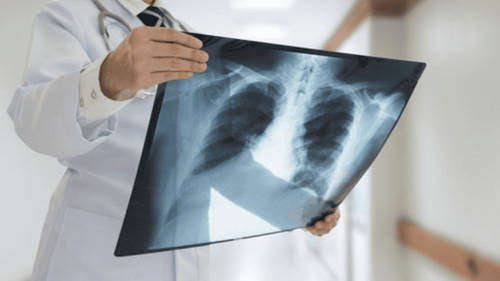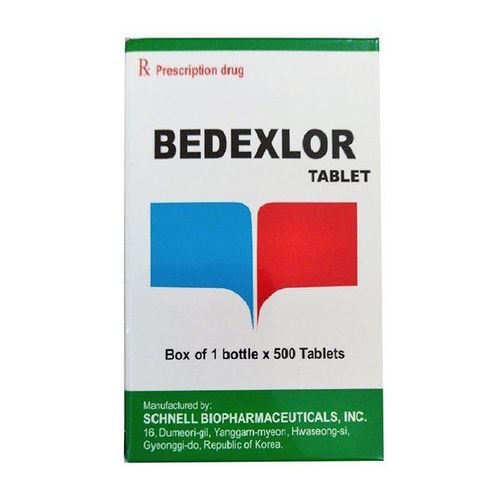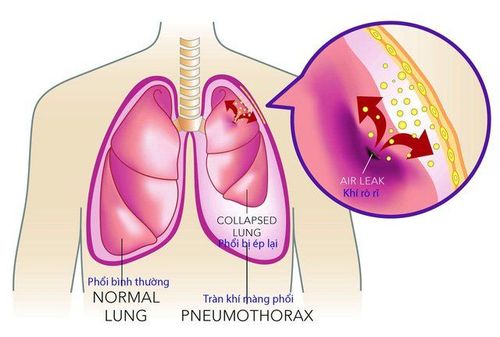This is an automatically translated article.
Article by Master, Doctor Le Thai Bao - Department of Intensive Care - Vinmec Times City International Hospital
Pneumothorax is a common condition, which occurs when air enters the pleural space leading to atelectasis due to increased pleural pressure. Patients with pneumothorax should have a pneumothorax in their initial management.
1. What is the technique of pneumothorax?
Pneumothorax is an emergency technique, often performed in emergency departments for the initial management of patients with pneumothorax. It is an important but not difficult technique to perform, a requirement that must be understood by emergency physicians.
Anatomical landmarks: Location of intercostal spaces
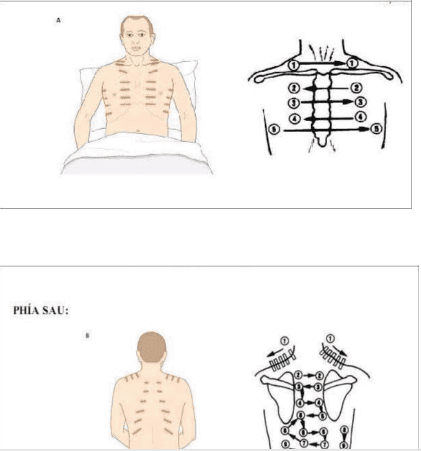
2. Indications and contraindications for emergency pneumothorax
Indication for emergency pneumothorax in case:
Primary spontaneous pneumothorax Tension pneumothorax
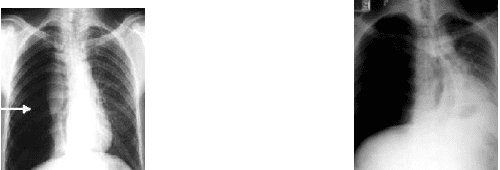
Contraindications to pneumothorax in case:
No absolute contraindication Relative contraindication: Secondary pneumothorax (usually open pleural drainage) Traumatic pneumothorax does not increase pressure Attention when present: Abnormalities such as thrombocytopenia, coagulopathy (weigh benefit vs risk). Skin infection at the intended site of aspiration, (preferably a site that is not infected)
Trắc nghiệm: Làm thế nào để có một lá phổi khỏe mạnh?
Để nhận biết phổi của bạn có thật sự khỏe mạnh hay không và làm cách nào để có một lá phổi khỏe mạnh, bạn có thể thực hiện bài trắc nghiệm sau đây.3. Emergency pneumothorax procedure
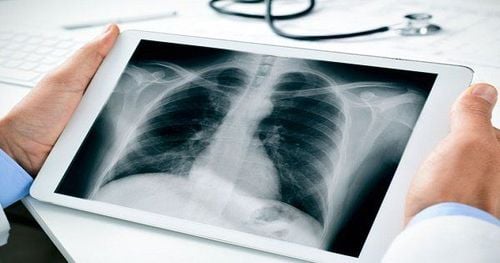
Step 1: Prepare:
Performer Instruments: Skin antiseptic solution: alcohol, iodine, local anesthetic tools: 2% lidocaine, 25G needle, 5ml syringe, gloves, hat, shirt, mask sterile, aseptic acidosis, SpO2 monitoring device, pneumothorax needle, usually 16-18G or larger if needed, needles with too sharp bevels are not recommended to cause perforation and rupture of balloons parenchymal air (preferably using a dedicated thoracentesis catheter), lead wire with third fork, 50-100ml air aspiration syringe or aspirator for drainage vessels, pleural opener, if needed open pleural drainage. Patient: Explain the technique to PATIENT's peace of mind, cooperate, measure vital functions (pulse, temperature, blood pressure, breathing rate, SpO2), check chest X-ray film, accurately identify affected side Pneumothorax: Medical records: Check the medical records, the signed agreement to perform the procedure of the patient, the patient's family, the procedure monitoring note. Step 2: Perform the technique
The patient sits with his back to the recliner or lies in the Fowler position Examine and locate the pneumothorax, compare with the X-ray film Sterilize the puncture site Anesthetize the puncture site intersection between the II (or III) intercostal space and the midclavicular line, or the IV (or V) midaxillary intercostal space. Insert the needle into the 5ml syringe, insert the needle at right angles to the skin just above the lower rib (to avoid intercostal nerve bundles) Insert the needle while vacuuming until it reaches the pleural space (the suction force on the syringe is suddenly reduced). suddenly, the patient coughs due to irritation of the pleura), withdraw the inner tube, continue inserting the outer sheath Insert the catheter handle into the lead with a 3-pin buckle or a rubber tube with a Kocher clamp instead of the valve Aspirate with a syringe until there is nothing to smoke (stop smoking when encountering resistance, Patient coughs). Close the fork 3 and fix the catheter. Monitor the patient for 6-8 hours, take a chest X-ray, if the air is out, the patient can go home for monitoring. If the air is not fully sucked, install it in the vacuum cleaner continuously
4. Accidents can happen
Bleeding and pain due to puncture of the intercostal nerve bundle Infection: Due to a sterile procedure Subcutaneous pneumothorax Pneumothorax is a routine emergency technique in the emergency departments. Although this technique is not difficult to perform, it requires a high level of expertise of doctors and modern facilities. Therefore, customers need to choose medical facilities with modern medical equipment and a team of qualified doctors and nurses.
Vinmec International General Hospital has applied pleural aspiration technique in emergency resuscitation. The technique of pleural puncture at Vinmec is performed methodically and in accordance with the standard procedures by a team of highly qualified medical professionals, modern machinery system, thus giving high positive treatment and resuscitation results. , bringing good prognosis and quick recovery for patients.
Please dial HOTLINE for more information or register for an appointment HERE. Download MyVinmec app to make appointments faster and to manage your bookings easily.







